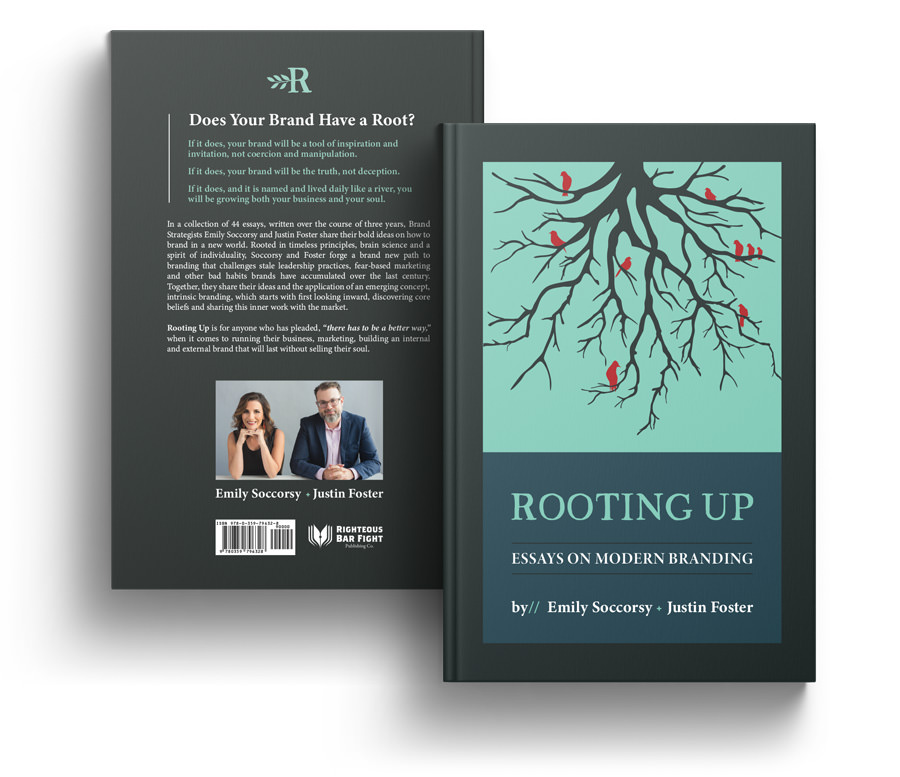Filed Under: 21st Century Branding, Beliefs-Based Branding, Leadership, Team
By Chris Klonoski
Through discipline comes freedom. Aristotle.
This phrase has been touted since 322 BC, and adapted for many people’s purposes, many times, in many ways. It’s been used to enforce and to encourage.
As we talk about practicing – building new habits to help us accomplish goals, tasks or to build new skills, we apply discipline to the external process, the actual doing. Discipline does not have to be exhausting, overwhelming, or all-encompassing. Instead, think of discipline as the energy surrounding the process or execution of the plan.
In order to have discipline in the art of practicing we have to be clear on the following things:
- Define stages and phases
- Assign a Higher Value
- Where’s the Fun?
- Celebrate

Define Stages and Phases
What do you want to achieve? What’s the goal? Is it a singular goal, or are there stages to learning a skill? Is it a you-focused goal? Or a team exercise?
For a personal endeavor, the process is a little simpler, and the ability to stay motivated may be more of a barrier. For a team ambition, everyone has to gather on the same page – the goal is articulated, consensus is built, and the process workshopped. Motivation may be less of an issue as enthusiasm can be shared among multiple team members.
Build a plan, and include a little wiggle room. Humans respond to different things at different times, so what worked one week may fumble the following week. Build your guideposts, milestones, and directives in a spreadsheet, or on a project management software platform, but leave room for mistakes, setbacks, life/business events and a little magic. Trust that the process you create at the onset will serve you well and allow and encourage your team to make tweaks along the way. (Within reason!)
What does this look like in practice? Let’s say you are beginning a newsletter that will require several writers, someone to guide/manage/inform the messaging, someone to upload the content and maintain the mailing list, and someone to analyze the performance. Some of these roles may overlap. The team meets to discuss the goal, assign the roles, create the deadlines, and set the goals (focus on these topics, increase metrics in x,y,z ways, increase our mailing list by a percentage, highlight our brand as unique and engaging in a crowded market). As the actual process is drawn and detailed, define as many roles, responsibilities, deadlines, and topics as possible, and then begin. Be confident in your plan, and know that you have enough space within the plan to accept the fact that someone will miss a deadline (usually me!), the software platform will have a glitch, and your email addresses will have an abundance of repeats. SOMETHING will go wrong. Who cares? Discipline doesn’t tell you to freak out. Discipline tells you to take your next step.
Remember, to practice means to learn. And learning means having the freedom and space to blow it. Make the mistake. Miss the goal by a little bit. Live with the typo. You’ll get better.
Assign a Higher Value
Why are you practicing this new skill or task? Because everyone else is? Because some seminar told you to? Meh. Don’t do it.
Are you practicing something new because you’re kind of jazzed about it? The idea feels kinda cool? You couldn’t stop thinking about it? It felt right? Now we are on to something.
Practicing a new skill or process only works if it’s tied to something bigger and better. Motivation, enthusiasm, dedication – all of these will waiver, flexing and flowing and adjusting, but only when there is a higher purpose.
I started exercising because…well, because I was supposed to. After finding the right outlet, it became about my brain. Who knew that exercise helped the freaking brain function cleaner, clearer, better and NO ONE TOLD ME. (I’m sure they did, I didn’t listen.) Now I am motivated and focused on exercise because it clears my head and makes my life better. Oh, and I’m stronger – not a bad by-product.
If you want to develop a newsletter within your business…why? Maybe you are funny, inspirational or instructive, and your newsletter will make people’s lives better. Or their jobs easier. Maybe your newsletter will involve a glimpse into a different life, and escape for folks. Maybe they will just want the coupon at the end, and that results in more sales which really gets your juices flowing. Awesome. Find your why and keep it in mind.
Where’s the Fun?
Sometimes tasks are just a grind. If that’s the case, can you make the practice itself better? If nature or beauty grounds you, then take that task that you dread outside. Have a meeting on the patio of a coffee shop by a big tree or meet at the museum for a small team strategy session. If some thing or some place works for you and your team, then set up a routine around it – this is where we meet when we discuss benefits, events, year-end presentations. Or, as we plan our tax preparation, we have a bring your dog to work day, or we order lunch from everyone’s favorite cafe. Find something surrounding the practice everyone can enjoy as the bummer task gets accomplished.
Celebrate
Celebrate it all. Starting the new thing? Cupcakes the first day it launches. Hitting the boring messy middle, and everyone is losing steam? Really work hard all morning getting it done and everyone gets to leave a few hours early. The tasks becoming rote, and you haven’t seen progress in a while? Brainstorming meeting at the local botanical garden or art museum with lunch delivered to the tables outside. Everyone has the blahs? Walking meeting (somewhere lovely).
Acknowledge where you are and how far you’ve all come. And celebrate it. Three months under our belts, three layered cake. Blew your first quarter’s metrics out of the water? Gift cards for the team, wrapped and bowed. Six months and your practice is now a part of your routine? Public acknowledgment and margaritas after work.
And set a new goal. After all, you know how to do it now. Wrap a little discipline around your practice, add a dash of purpose, a sprinkle of fun, and a hefty scoop of celebration, and suddenly your “new” thing is familiar and mundane. What’s next?
Photo Credit: Matteo Vistocco
